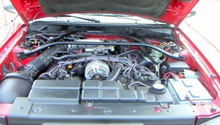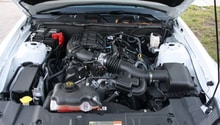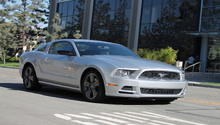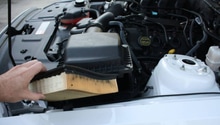Ford Mustang GT 2005-2014: Why Won't My Car Start?
Nothing is worse than a non-starting car. If you're experiencing this type of inconvenience in your Ford Mustang GT, then read the diagnosis below.
This article applies to the Ford Mustang GT (2005-2014).
There are a lot of components that can go wrong in your Ford Mustang GT that will cause it to not start. Even though most of the time the electrical system is responsible for such act, sometimes the fuel system plays a role in this inconvenience. Diagnosing the issue is not too hard, and in this guide, we will go over all the possible causes for this issue. So before you go calling your expensive mechanic, try checking the components below to find out the source of the issue; it could be very simple that you can fix it yourself, or it could be a bit more complicated, but at least you will know what is wrong with your Mustang GT.

Materials Needed
- Flashlight
- Socket set
- Jumper cable
Step 1 – Check the battery
It could be drained or dead.
The battery is the most common cause for a non-starting vehicle. This usually happens if the battery is too old, not being charged by the alternator, or if you forget an electronic component on, such as lights. If you start your car and you hear clicking noise, this means your starter is trying to start but is not getting enough current, which means your battery is dead. You can solve this issue by jumping your battery with another battery using jumper cables.
If you notice your battery's terminals are covered in white substance, you may want to remove it and clean it with baking soda and a wire brush. It could be preventing the current to go through the terminals.
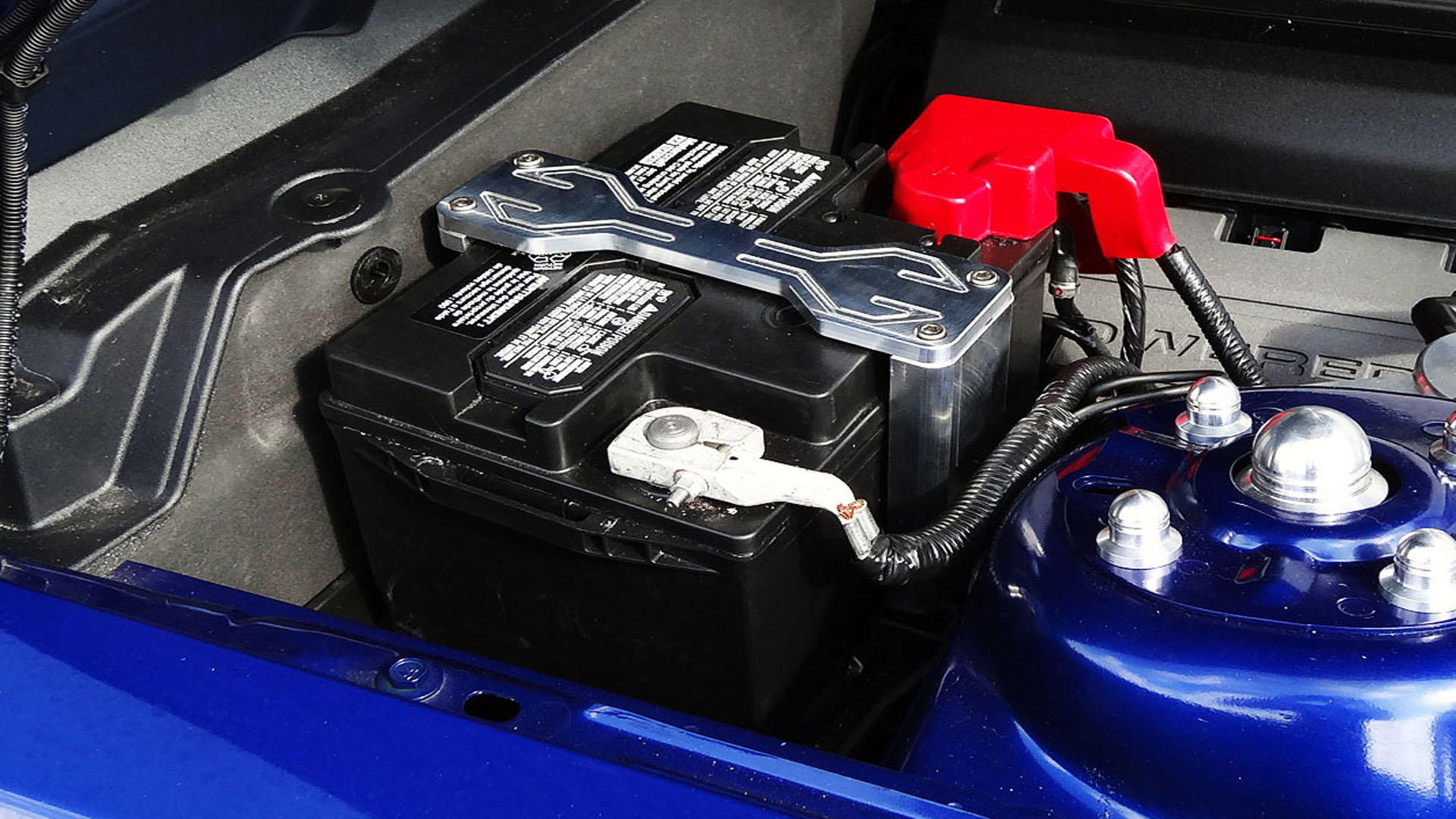
If your battery is charged, proceed to Step 2.
Step 2 – Check the starter
It could be faulty or its wires could be worn.
The starter works to crank your engine, so if it doesn't work, your engine won't start. Like we've mentioned in Step 1, if you hear a clicking noise, this means your starter is working properly and is not the issue. Check the wires going to and from the starter, as they have been known to wear and restrict the current from going to it. If you're starting the car and the lights dim a little bit, this could be a sign of a bad starter.
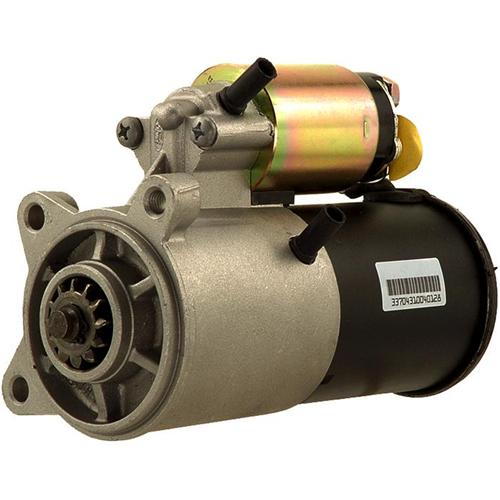
If the starter is working, move on to Step 3.
Step 3 – Check the spark plugs and wires
They could be burnt and the wires could be cracked or worn.
The spark plug wires and spark plugs are some of the most common causes of a non-starting car. The spark plugs are what give your engine spark, so it can create the combustion to make it start. If they are burnt or worn, they won't create enough spark, and your car will crank but won't turn over. Before you remove the spark plugs, check the spark plug wires for any cracks or wears. To do so, you can simply bend them and look at the rubber. The wires should not have any signs of wears. Remove the spark plugs using your socket and inspect its tip. If the tip looks burnt, then you've found your problem.

If the spark plugs and spark plug wires are in a good condition, proceed to Step 4.
Step 4 – Check the fuel filter
It could be clogged.
The fuel filter is a small device designed to filter all the fuel coming from the fuel tank and into the engine. Overtime, it gets clogged and restricts the fuel flow going into the engine, which causes hesitation when accelerating; however, when it gets too clogged, it could cause your Mustang to not start. The fuel filter should be replaced every 30,000 miles, so if you don't remember the last time you've replaced it, it may be time to do so anyways. The fuel filter is located under the driver's door, along the rail of the frame. Pull it out, clean it very well, and blow in it. If it feels clogged, then replace it.
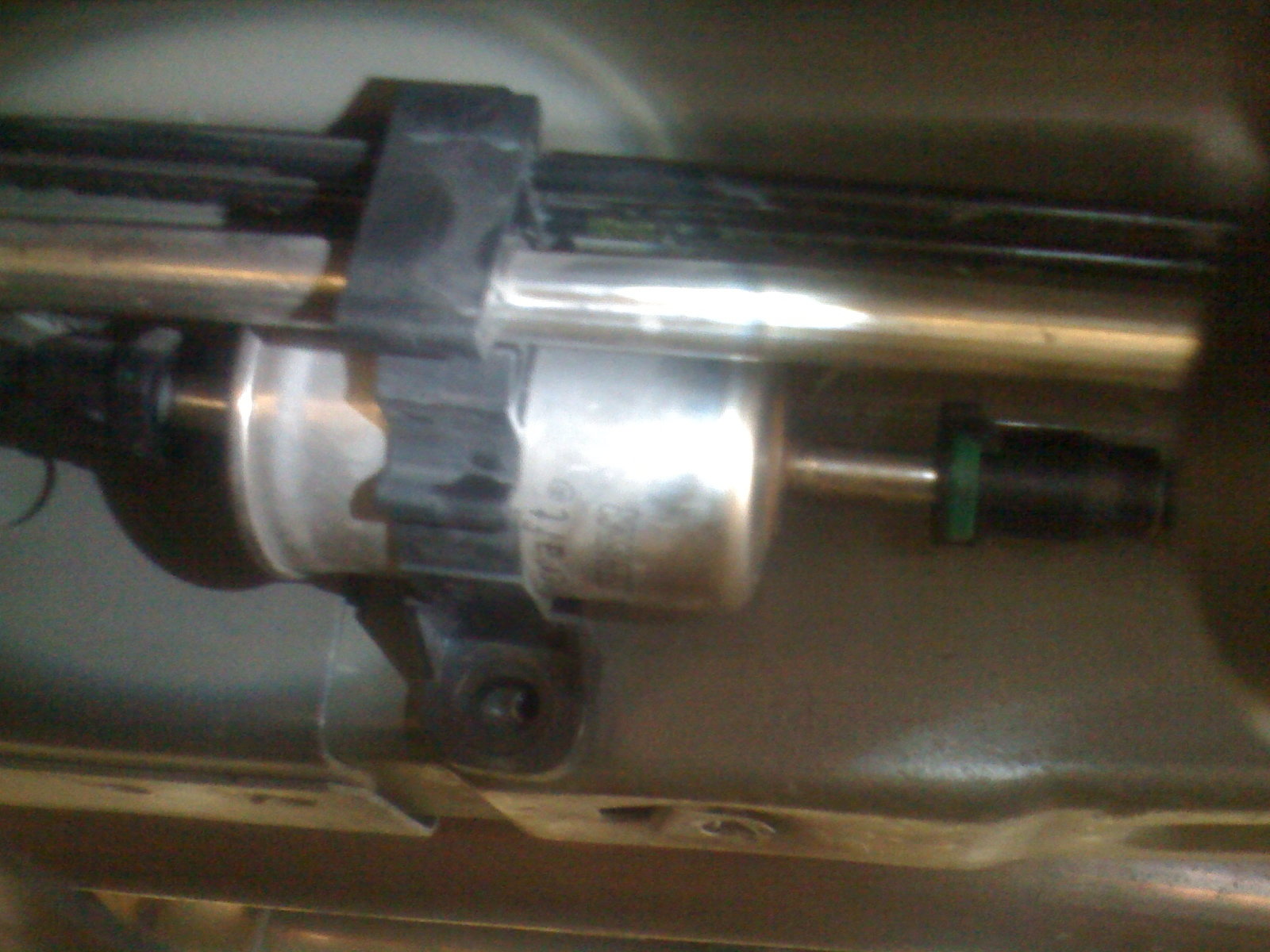
If the fuel filter is not clogged, proceed to Step 5.
Step 5 – Check the fuel pump
It could be faulty.
The fuel pump is located inside the fuel tank, and it's designed to pump fuel from the tank to the engine. When it's faulty, you'll notice your car sputtering at higher speeds. So if you're driving on the freeway and you notice your car jerks, even though you're staying consistent on the gas pedal, this means the fuel pump is bad. The fuel pump eventually causes a no-start issue. To replace it, you will need to drain the fuel tank, remove all the hoses and electrical harness connected to it. Then remove the two brackets holding it and lower it on your jack. The pump will be located on the top of the tank.
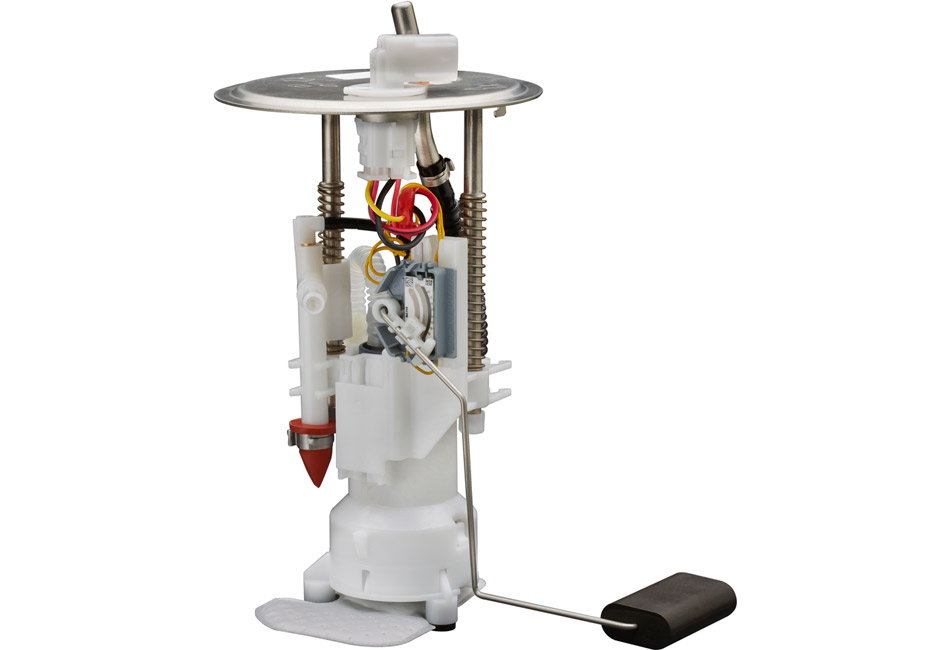
Related Discussions
- Car Won't Start - MustangForums.com
- Car Won't Start After Replacing Battery - MustangForums.com
- Car Won't Start After Warm Up - MustangForums.com


